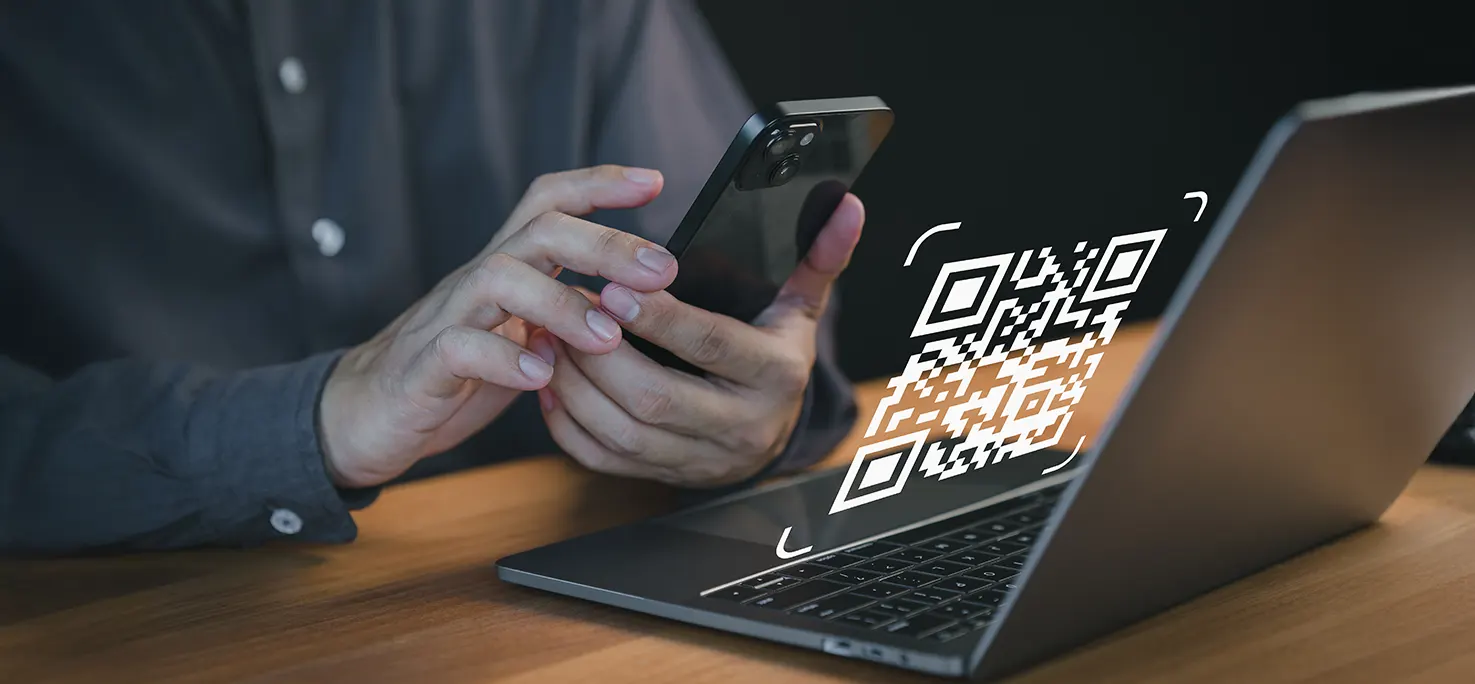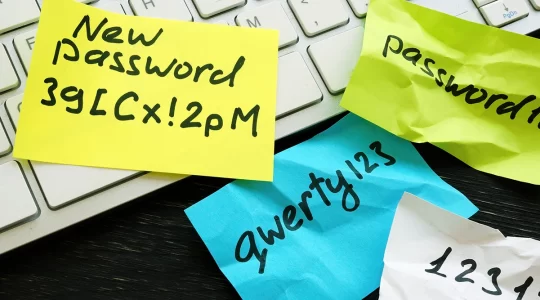QR Codes: Smart Tips & What to Watch Out For

You’ve probably noticed QR codes are everywhere these days – restaurant menus, credit union brochures, business cards, event tickets, and street posters. They’re a fast, convenient way to access information, make payments, or connect with digital services. But like any technology, QR codes have risks if not used wisely.
Whether you’re a business using QR codes or a consumer scanning them, here are some important tips and warnings to keep in mind.
Smart Tips for Using QR Codes with Confidence
- Use QR codes from a trusted source: If you see a QR code in a store, credit union, restaurant, package or email – make sure it’s from a brand or business you recognize. If it looks random or out of place, skip it.
- Look before you click: After scanning, your phone usually shows you the website link before opening it. Take a second look at the URL. Does it look legit? Secure sites should start with https:// and match the brand you expected.
- QR code convenience: Many financial institutions and businesses offer QR codes to save time in typing long website addresses into your phone. It’s a great way to quickly access things like mobile apps, making loan payments, booking appointments, linking to the company’s social media pages and many more. Just be sure they point to a legitimate service.
- Expect a clear explanation: Good QR codes comes with a short message like “Scan to see today’s deals” or “Scan to pay”. If there’s no explanation, it could be a red flag.
- Protect your phone: Keep your phone’s security software up to date. A secure device helps prevent malicious sites from causing harm. That way, even if you scan something sketchy by accident, your device has an extra layer of defense.
Common QR Code Scams (and How to Avoid Them)
- Fake codes covering real ones: Some scammers place fake QR code stickers over real ones – especially on public signs, restaurant tables/menus, or parking meters. If it looks tampered with or oddly placed, don’t scan it.
- Phishing scams via QR code: Be cautious if a QR code directs you to a login page or asks for personal information that you weren’t expecting. Fraudsters use fake pages to steal member sensitive information. Never enter your banking details unless you’re 100% sure it’s your credit union’s official site.
- QR codes in unsolicited messages: Getting a text, email, or even flyer with a QR code you didn’t expect – it could be a scam. Don’t scan QR codes from unknown senders or sources, especially if the message is “urgent” or too good to be true.
- No info? No scan: If a QR code doesn’t say what it’s for, and no one’s around to explain, skip it. Scanning blindly is like clicking on a random link – and you wouldn’t do that, right?
- Keep personal information private: If scanning a QR code takes you to a form asking for sensitive information – STOP. Businesses won’t ask for sensitive information. Heritage Grove offers a QR code for downloading or logging into our mobile app. If you are unsure, reach out to us and we’ll confirm if it’s legitimate.
- Report suspicious QR codes: If you come across a QR code claiming to be from Heritage Grove (or any business) and it seems suspicious, contact that business directly from their official phone number or website to report it. Your feedback helps protect other members or people in the community.
Quick Safety Checklist:
- Check the source
- Look at the link before clicking
- Don’t enter personal information
- Watch out for stickers or tampering
- Use QR codes only when you trust the context
QR codes are a handy shortcut to shop, save, pay, or learn but like any technology, they work best when used carefully. Take a second to think before you link. Stay smart, stay safe and scan with confidence!
If you’re unsure about a QR code that’s coming from Heritage Grove – don’t hesitate to contact us. It’s always better to be safe than sorry. Call/text 503.588.0211 or email creditunion@ourgrovecu.com.




